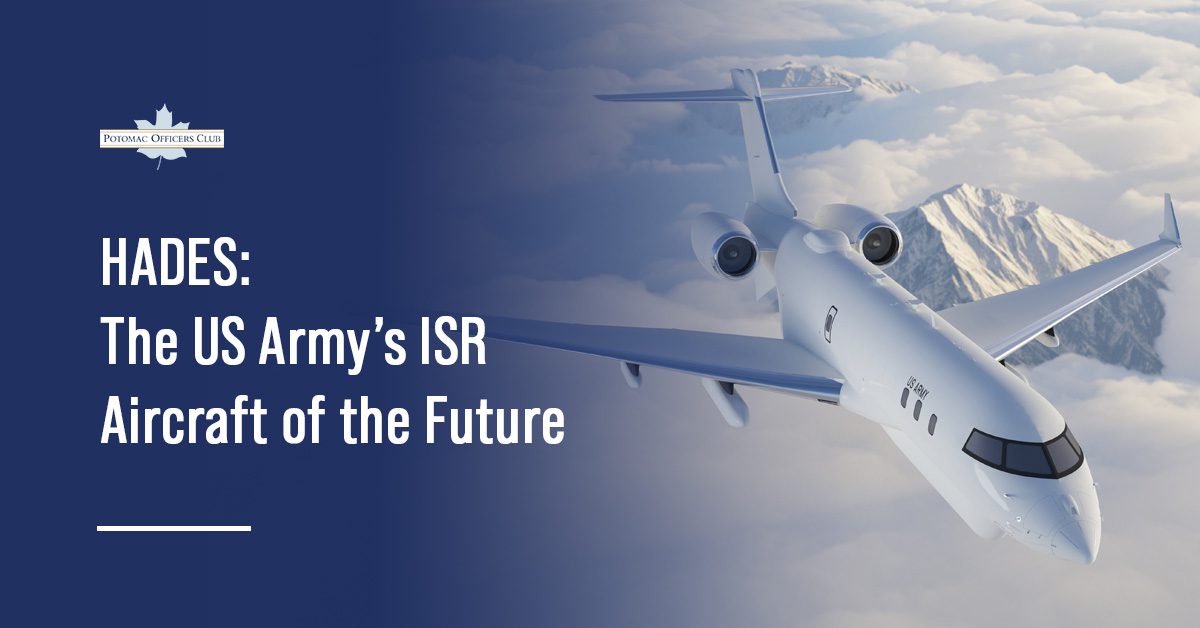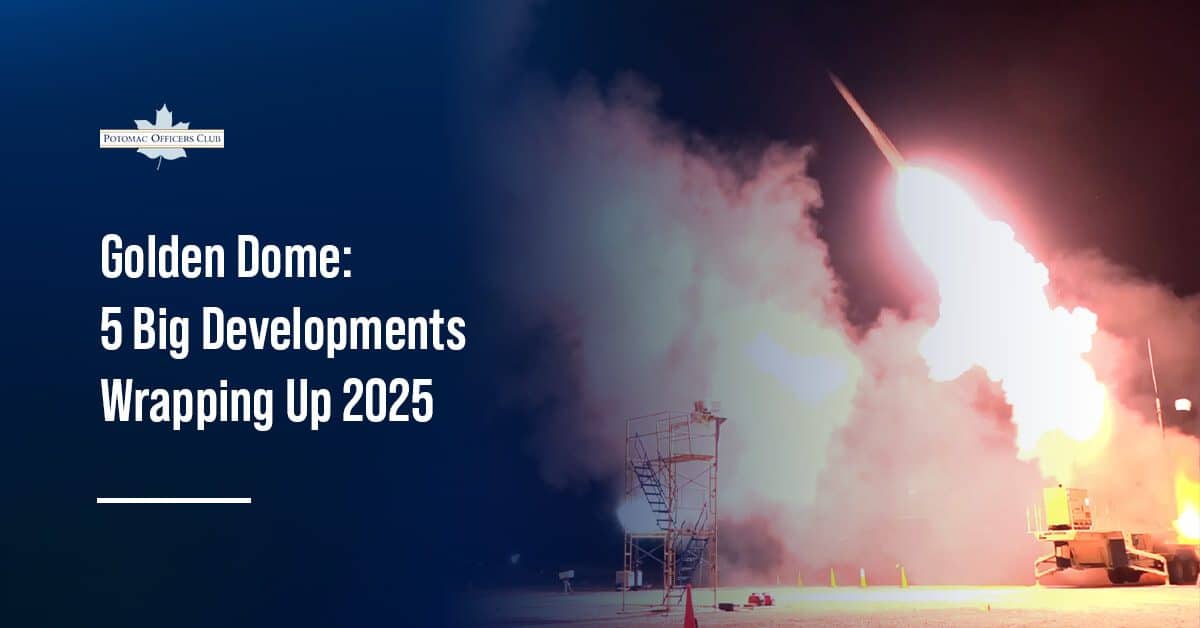
HADES: The US Army’s ISR Aircraft of the Future
The U.S. Army is billing its High Accuracy Detection and Exploitation System, or HADES, as the spy aircraft of the future. Leveraging a commercial off-the-shelf Bombardier Global 6500 executive jet jam-packed with the most sophisticated intelligence collecting technologies, HADES promises to fly anywhere in the world in 24 hours while flying higher and faster with deeper sensor penetration than with legacy turboprop aircraft.
This will revolutionize how the service performs aerial intelligence, surveillance and reconnaissance, or ISR, making HADES perfect for keeping an eye on China in the South Pacific.
But the future of HADES is in question because of the Army Transformation Initiative, which prioritizes investments in improving long-range precision fires, air and missile defense programs such as Golden Dome, cyber, electronic warfare and counter-space capabilities. As a result, the U.S. Army could reduce its HADES aircraft fleet from 12 to six aircraft, Breaking Defense reported in May.
So how would HADES revolutionize how the U.S. Army conducts airborne ISR? Let’s dive into the details.
Learn more about new DOD ISR requirements at the Potomac Officers Club’s 2025 Intel Summit on October 2! Attend a fascinating panel on why quantum matters for national security featuring Brig. Gen. Ryan Gunst, U.S. Army commanding general of the Military Intelligence Readiness Command. Check out the latest offerings from leading sponsors such as SAIC and SOSi. Secure your seat today for this prestigious GovCon conference specifically curated for technology professionals!
What Is the History of Airborne ISR?
Airborne ISR is one of the U.S. Army’s oldest missions. It used to leverage technologies such as kites, balloons and birds during the Civil War to survey battlefields and help commanders make informed decisions.
Fast-forward to 2025, the service has the same mission, but uses a fleet of 60 ISR aircraft called the Enhanced Medium Altitude Reconnaissance and Surveillance System, or EMARSS. This system was built to combat Cold War-era and counterterrorism threats. The service determined it needed a new fleet that was not reliant on access to allied military facilities to perform multi-domain operations and combat modern threats to assured communications.
What Is the HADES Program in the Army?
HADES will be a multifaceted and deep-sensing capability that will provide stand-off from enemy anti-access/aerial-denial systems.
The U.S. Army took a unique approach to revamping its fixed-wing ISR fleet. The service requested industry to provide prototypes that could fly right away instead of choosing a team to build a system according to strict specifications.
These prototypes allowed the U.S. Army to better understand how sensors could keep up with an aircraft flying higher and faster than before. The service then evaluated how it exploits, refines and disseminates the massive amount of data ingested by the platforms sensors, Defense News reported in April 2024.
HADES’ Novel Acquisition Approach
The U.S. Army is utilizing a new acquisition strategy for HADES to help develop advanced systems faster. This approach, called middle-tier acquisition, allows DOD to deliver capabilities within two to five years of an acquisition program’s initiation.
The MTA approach helped provide the U.S. Army with constant user feedback to tell it if it was meeting mission needs and if it needed to adjust requirements in an iterative process. The U.S. Army feels the MTA strategy works well for HADES because technologies and capabilities in ISR change so fast, it cannot wait five years or more to create an appropriate solution.
The U.S. Army restarted work on HADES following a Government Accountability Office ruling that denied L3Harris’ bid protest at the end of 2024. This allowed Sierra Nevada Corp., winner of the HADES competition, to proceed with work on the program, according to Breaking Defense.
SNC beat out a team composed of L3Harris, Leidos and MAG Aerospace. The GAO decision said SNC’s bid was $93 million while the L3Harris team offered $133 million.
The U.S. Army expects the first HADES prototypes to be ready in FY 2026.
Are you a military technology professional? Are you looking to boost your revenues in the upcoming year? Then the Potomac Officers Club’s 2025 Intel Summit on October 2 is just for you! Learn new business opportunities before your competitors during a keynote speech by National Geospatial-Intelligence Agency Director Vice Adm. Frank Whitworth. Strike up collaborations with other GovCon titans and score that big contract. Sign up today and learn of the military intelligence technologies prioritized for investment in FY 2026!

Category: Articles





